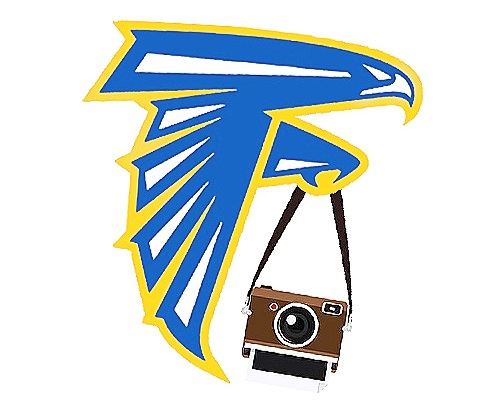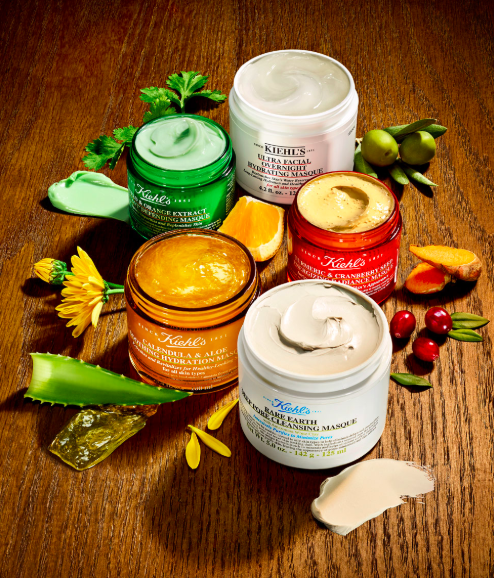Sam Kaplan
Sam Kaplan: Product Photographer
The following bio and interview is provided by digitalphotopro.com
Product, still-life and food photography aren’t for those with short attention spans. The beauty and the devil are in the details. Meticulous positioning of every element within the frame, problem-solving on and off the set, and creative use of light is a must to avoid a potentially sterile, or in the case of food, an unappealing photographic result. New York-based Sam Kaplan uses this focused approach to yield consistently exciting imagery, not the easiest thing to do with subject matter ranging from an ice-cream cone to a piece of gum. The work he produces and his approach to his profession serve as an example of art and commerce at its finest.
Kaplan understood early on that a successful career isn’t just about taking a great photo; it’s about marketing. A look at his website and other promotional material clearly defines where he’s coming from as a photographer.
DPP: Creative problem-solving and conceptual thinking are a big part of your work. How do you take a potentially banal subject and make it interesting?
Sam Kaplan:I try and take away as much from the picture as possible until I get to its essence. I think when you start adding a lot of elements to the picture, you’re often detracting from whatever the picture is trying to say. It’s a reductive process. I want to get to the root of the problem. For example, I photographed a black sea bass for a New York Times Magazine assignment to illustrate a recipe. The fish itself was so graphic, the image didn’t need to be garnished with extraneous objects.
DPP: That image is the opener of the FEED category on your website. Your conceptual approach extends to your marketing tools.
Kaplan:New York is a very saturated photography market to break into, so it’s important to differentiate yourself somehow, not only with your photographs, but also with your marketing. I really try to think out ideas that will be effective. I want people to hire me for the more conceptual work. I want to develop things that are simple and well thought out and seem intelligent.
DPP: Where did this come from in you?
Kaplan: I went to Wesleyan University and had a double major in Studio Arts and Art History. I studied both traditional photography and conceptual sculpture. The sculpture classes have helped inform my work. It really wasn’t like chiseling a marble block. The first assignment was somewhat like that, but then we quickly moved into more conceptual work. We would be presented a problem: “You have a 10-foot piece of wood and you can use the wood shop, but that’s it. No additional material. You have to make something interesting that will react to a space.” We analyzed the work of minimalist artists such as Carl Andre and Sol LeWitt. LeWitt would come up with a formula—a permutation or pattern—and fill it out to the end. My favorite sort of pictures to do have an organizing principle, a beginning and an end that makes sense in the frame. That excites me for whatever reason. The CONSUMABLES section on my website, I think, is a good example of that approach. I wanted to make a series of images that could live together by having a theme run through them.
Check out more of Sam’s work on his website:
This weeks Questions
Describe your favorite image from this gallery of images. Please identify element of art or principles of design that you find most appealing in the image.
What do you think the importance of creative problem solving and conceptual thinking is to product photography?
Can you think of an instance when you had to problem solve in one of your photo shoots?





























